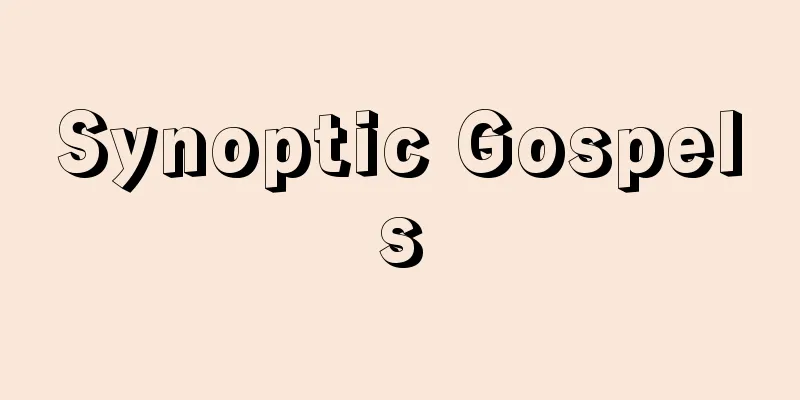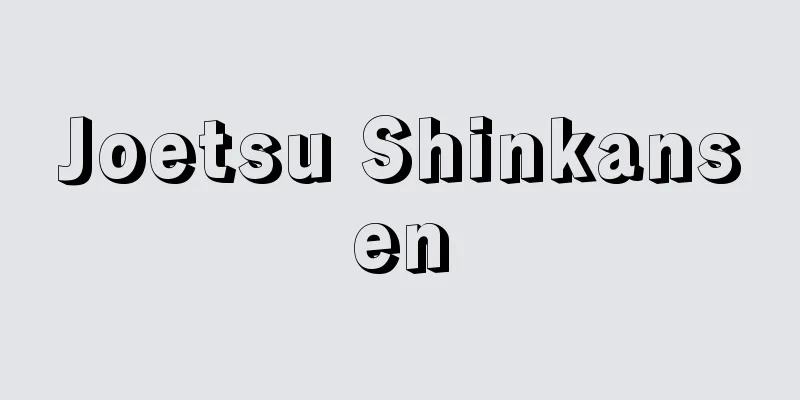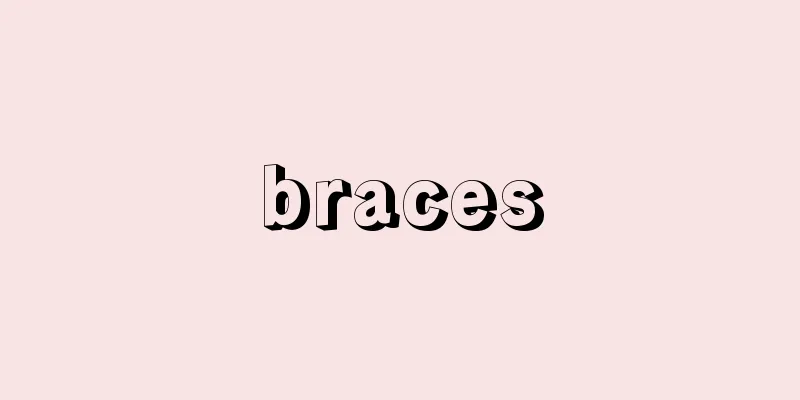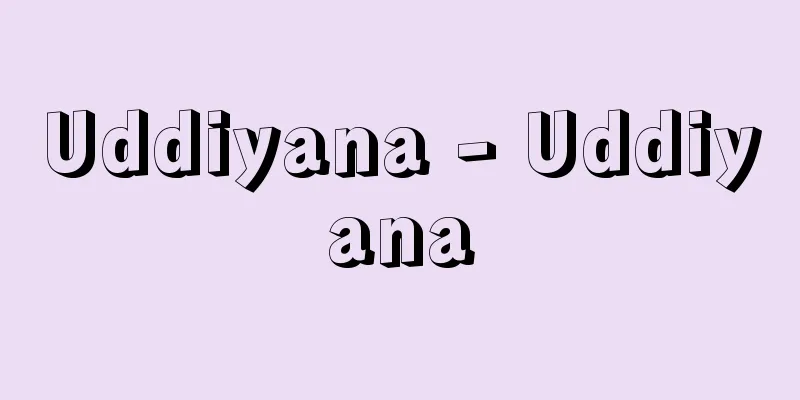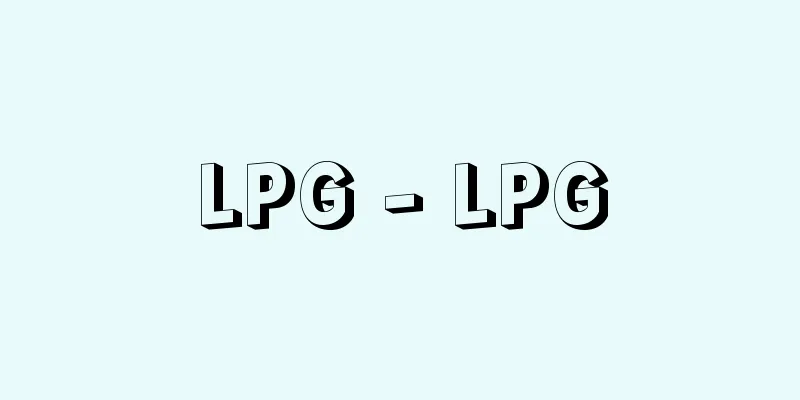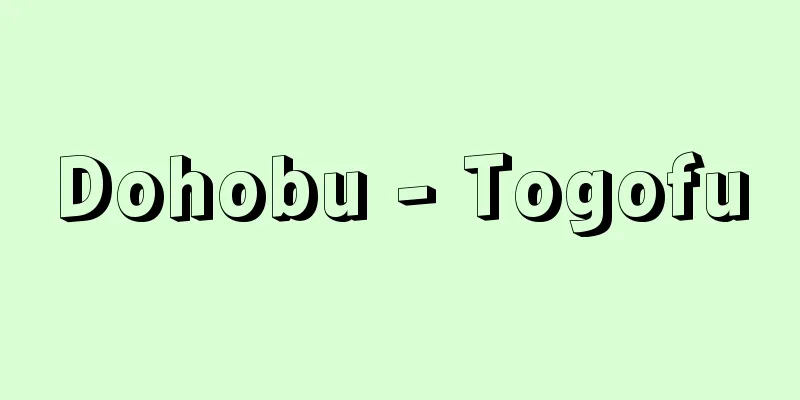Action free in cause - Action free in cause
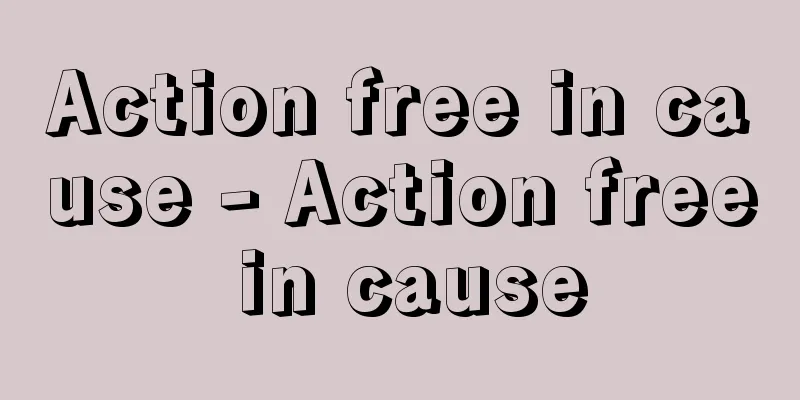
|
The offender brings about a state of mental abnormality (insanity or mental impairment, which will be described later) and uses this state to commit a crime. For example, when there is a risk of harming others due to alcohol or drug use, the offender falls into a state of mental insanity (known as incompetence to be held responsible) or mental impairment (known as limited capacity to be held responsible), and kills or injures others, or causes a fatal or injury-causing car accident. According to Article 39 of the Penal Code, if the perpetrator was not responsible for his/her crime at the time of the crime as per paragraph 1, the crime is not punishable, and if the perpetrator was only responsible for his/her crime as per paragraph 2, the punishment is always reduced. However, it is unreasonable to not punish or to reduce the punishment of a person who is responsible for his/her crime, even if he/she brought about an abnormal state of mind. The theory of causally free actions attempts to address this unreasonableness. There are two problems with this theory: First, for example, if a person who is responsible for his/her own actions kills someone by making himself/herself incapable of responsibility through drinking alcohol, there is a question as to whether the act of "killing a person" (act of execution of murder) under Article 199 of the Penal Code is the act of drinking alcohol with the intent to kill (causing act) or the act of actually killing a person (resulting act). The conventional view emphasized the principle of the simultaneous existence of the act of execution and responsibility, and interpreted that the causative act is the act of execution, and that if there is such an act, an attempt can be established. However, there is strong criticism that it is too early to recognize attempted murder at this point, since the act of drinking alcohol is the act of execution of murder. Therefore, according to the dominant view today, an act that is free in its cause is an exception to the above principle, and it is interpreted that while the resultant act is the act of execution (i.e., the time when the attempt is established), responsibility can be blamed for the causative act that brought about an abnormal state of mind. Secondly, there is a question of whether a free act in the cause can be affirmed not only in cases of incapacity to be held responsible at the time of the causative act, but also in cases of limited capacity to be held responsible. On this point, academic theories were divided into those that denied it and those that affirmed it, but in a Supreme Court decision in 1968 (Showa 43), regarding a violation of the Road Traffic Act, namely drunk driving, it came to the point that "Even if the person was in a state of mental impairment due to drinking at the time of the drunk driving act, if the intention to drive while drunk is recognized at the time of drinking, the sentence should not be reduced by applying Article 39, Paragraph 2 of the Penal Code." According to this, it does not apply when the intention to drive arises after drinking intoxication, so in such cases the sentence is always reduced. In addition, the same problem exists with the crime of dangerous driving resulting in death or injury (Article 208-2 of the Penal Code), which was newly established in 2001 (Heisei 13). The first part of the first paragraph of this law states that it is a crime to cause injury or death by "driving a motor vehicle in a state in which normal driving is difficult due to the influence of alcohol or drugs," and therefore, according to the aforementioned Supreme Court ruling, if there is an intention (intent) to drive while drinking alcohol or using drugs, Article 39 of the Penal Code does not apply, even if the perpetrator was in a state of no liability or limited liability at the time of dangerous driving. [Tetsuro Nawa] [References] | | | | | |Source: Shogakukan Encyclopedia Nipponica About Encyclopedia Nipponica Information | Legend |
|
行為者が自ら心神の異常(後述する心神喪失または心神耗弱(こうじゃく))の状態を招き、この状態を利用して犯罪を実現すること。たとえば、飲酒や薬物使用により人に危害を加える危険性があるにもかかわらず、それによって自ら心神喪失(責任無能力という)または心神耗弱(限定責任能力という)の状態に陥り、他人を殺傷したり、自動車死傷事故を起こす場合である。 刑法第39条によれば、1項によって行為者が犯行時に責任無能力であれば不可罰であり、2項によって限定責任能力であれば刑がつねに減軽される。しかし、責任能力を有する者が、自ら心神の異常な状態を招いたにもかかわらず、不可罰としたり、刑を減軽することは不合理である。そこで、このような不合理に対処しとうとするのが、原因において自由な行為の理論である。この理論に関しては、次のような二つの問題がある。 第一に、たとえば、責任能力を有する者が飲酒によって自らを責任無能力の状態に陥れて人を殺害する場合、刑法第199条の「人を殺す」行為(殺人罪の実行行為)にあたるのは、殺意をもって飲酒する行為(原因行為)か、現に人を殺害する行為(結果行為)かという問題がある。従来の通説は、実行行為と責任との同時存在の原則を強調して、原因行為が実行行為であり、これがあれば未遂犯が成立しうると解していた。これに対しては、飲酒行為が殺人罪の実行行為であるとして、この時点で殺人未遂犯を認めるのは早すぎるなどの批判が強い。そこで、今日の支配的見解によれば、原因において自由な行為は前述の原則の例外であるとして、あくまで結果行為が実行行為(すなわち、未遂犯の成立時期)であるが、自ら心神の異常な状態を招いた原因行為に対して責任非難が可能であると解している。 第二に、原因において自由な行為は、原因行為時に責任無能力の場合のほか、限定責任能力の場合にも肯定しうるかという問題がある。この点につき、学説は否定説と肯定説に分かれていたが、1968年(昭和43)の最高裁判決は、酒酔い運転という道路交通法違反事件について、「酒酔い運転の行為当時に飲酒酩酊(めいてい)により心神耗弱の状態にあったとしても、飲酒の際酒酔い運転の意思が認められる場合には、刑法第39条2項を適用して刑の減軽をすべきでない」と判示するに至った。これによれば、飲酒酩酊のあとに運転の意思が生じた場合には適用がないから、そのような場合には刑がつねに減軽されることになる。また、2001年(平成13)に新設された危険運転致死傷罪(刑法208条の2)についても、これと同様の問題がある。その第1項前段は、「アルコール又は薬物の影響により正常な運転が困難な状態で自動車を走行させ」て人を死傷させる罪であるから、前述の最高裁判決によれば、飲酒時または薬物の使用時に運転の意思(故意)があれば、危険運転時に行為者が責任無能力または限定責任能力の状態にあっても、刑法第39条は適用されないことになる。 [名和鐵郎] [参照項目] | | | | | |出典 小学館 日本大百科全書(ニッポニカ)日本大百科全書(ニッポニカ)について 情報 | 凡例 |
Recommend
sexual abuse
...Generally it refers to committing adultery wit...
smolnitza
...is a general term for dark clayey soils found ...
supermind
According to him, the Absolute, Brahman, is the s...
Bamboo Chronicles - Chikushokinen
A book from the Wei dynasty during the Warring St...
Neo-Melanesian
...The etymology of the word "pidgin" i...
Ryugatake [town] - Ryugatake
A former town occupying the southeastern part of A...
witch hunting
…With the collapse of the medieval political and ...
Euler's Linear Solution - My Linear Solution
...These circumstances are not limited to classic...
Uji
…The Agata Shrine festival is known as a strange ...
Kamanari Shinto Ritual
…Here, an old woman called Asome burns a kettle t...
Alkaline rock - Alkaline rock
Igneous rocks that contain a high alkali content ...
Inferior goods - Letto Uzai (English spelling)
When the demand for a good decreases as income inc...
Reverse interest - Gyakuhibu
This refers to the daily interest rate charged in...
Gottwald, Klement
Born November 23, 1896. Morava, Diedice [Died] Mar...
Eliezer Ben‐Yehuda
1858‐1922 The father of the modern Hebrew language...

